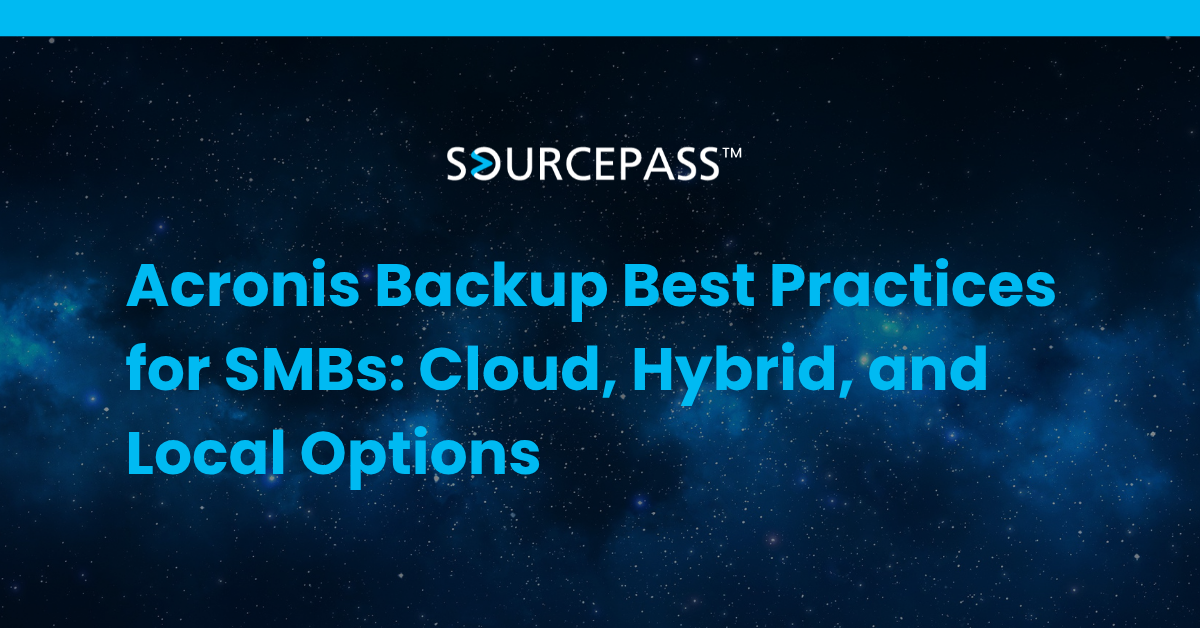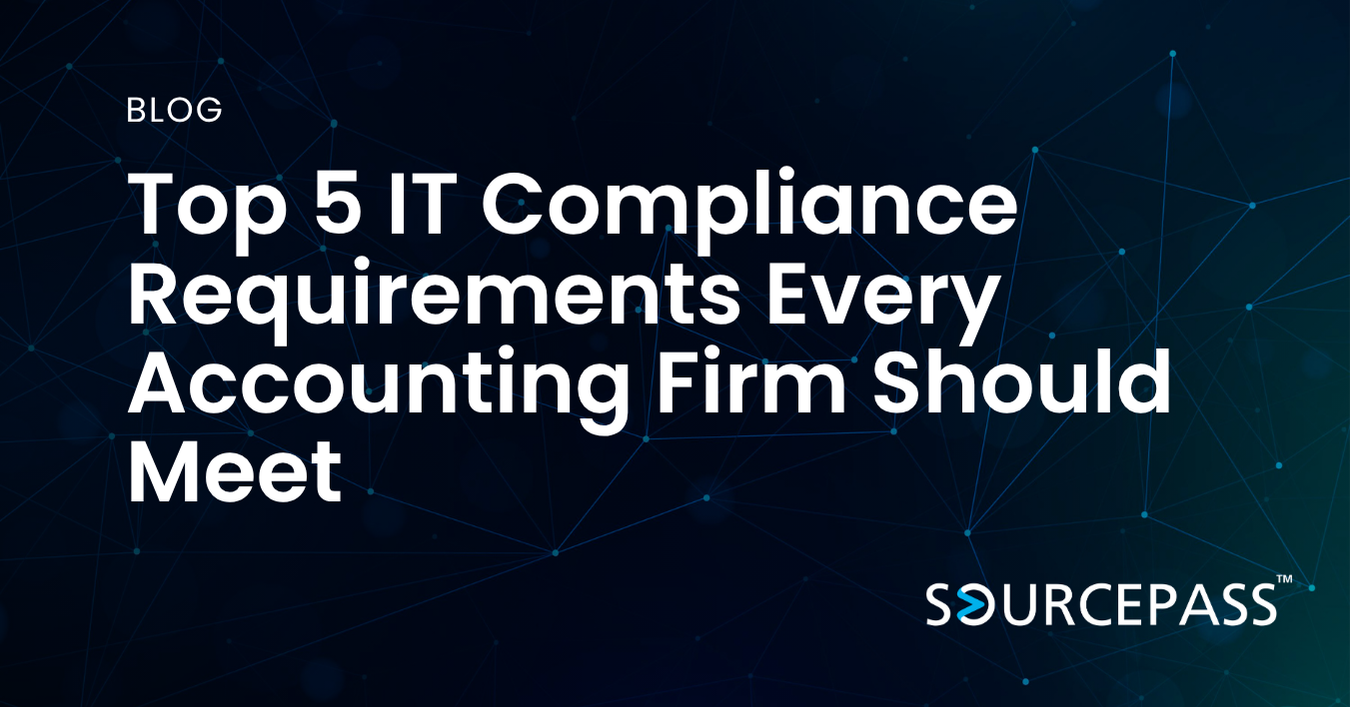Acronis Backup Best Practices for SMBs: Cloud, Hybrid, and Local Options
Nov 20, 2025 Alex Davis Data Protection | Disaster Recovery 2 min read



Data loss is one of the most costly and disruptive events a small or midsize business can face. Whether caused by ransomware, accidental deletion, or hardware failure, downtime and data recovery can halt operations. Acronis offers a flexible backup platform that supports cloud, hybrid, and local options—giving SMBs the ability to build true redundancy.
This guide covers best practices for using Acronis to protect critical data, including integration with Microsoft 365.
Why Acronis Is a Strong Option for SMB Backup
Acronis combines backup, cybersecurity, and recovery into one platform. For SMBs with limited IT staff, it simplifies managing data protection across servers, endpoints, and cloud apps like Microsoft 365.
Key Features:
-
Image-based backups with fast recovery
-
Ransomware and malware protection
-
Support for cloud, local, and hybrid storage
-
Integration with Microsoft 365 (OneDrive, Exchange, SharePoint)
Backup Strategy Options: Cloud, Local, and Hybrid
Cloud Backup with Acronis Cloud
Ideal for offsite protection and disaster scenarios. Secure storage ensures recovery even if on-prem systems go down.
Best For: Remote teams, ransomware recovery, offsite compliance
Local Backup to NAS or Server
Provides rapid recovery for hardware failures or accidental deletions. Often used as a first recovery layer.
Best For: Fast restores, minimal downtime, office-based environments
Hybrid Backup: The 3-2-1 Rule
The most resilient approach combines local and cloud.
3 copies of data, 2 formats, 1 stored offsite.
Best For: Business continuity, layered protection, audit requirements
Integrating Microsoft 365 with Acronis Backup
Many SMBs assume Microsoft 365 data is fully backed up by Microsoft. It is not. Acronis fills the gap by backing up:
-
Exchange Online: Emails, contacts, calendars
-
OneDrive & SharePoint: Files, folders, team content
-
Teams Data: Conversations and shared assets
This ensures recovery even from permanent deletions or ransomware encryption.
Best Practices for Using Acronis in SMB Environments
1. Define Recovery Objectives (RTO/RPO)
Set acceptable recovery time and data loss thresholds for critical systems.
2. Automate Backup Schedules
Use Acronis to automate daily backups and monitor job status alerts.
3. Test Restores Regularly
A backup is only valuable if it works. Schedule quarterly recovery tests.
4. Encrypt and Secure Backups
Enable encryption, multifactor authentication, and secure offsite storage.
5. Monitor and Update Policies
Review storage usage, retention policies, and capacity to avoid backup failures.
Building True Continuity with Acronis
Acronis is more than backup—it is the foundation of a continuity plan. When combined with a firewall, EDR, and email security, it forms a wider cyber resilience strategy.
FAQ: Acronis Backup for SMBs
Do SMBs really need cloud backup if they use local storage?
Yes. Local backups do not protect against fire, theft, or ransomware that encrypts physical systems.
Does Microsoft 365 already back up my files?
Microsoft provides retention, not full backup. Acronis ensures recoverable copies of deleted or corrupted M365 data.
How often should SMB data be backed up?
At minimum, daily backups. Critical systems may require hourly or continuous backup schedules.
Is hybrid backup more expensive?
Hybrid offers the best protection, but Acronis allows scalable cloud storage to fit SMB budgets.
Can Acronis restore entire systems?
Yes. Acronis supports full image recovery, allowing bare-metal restores to new hardware or cloud instances.
Subscribe To
Sourcepass Insights
Sourcepass Insights
Stay in the loop and never miss out on the latest updates by subscribing to our newsletter today!
.png?width=500&height=100&name=White%20Logo%20-%20Transparent%20Tag%20(3).png)



